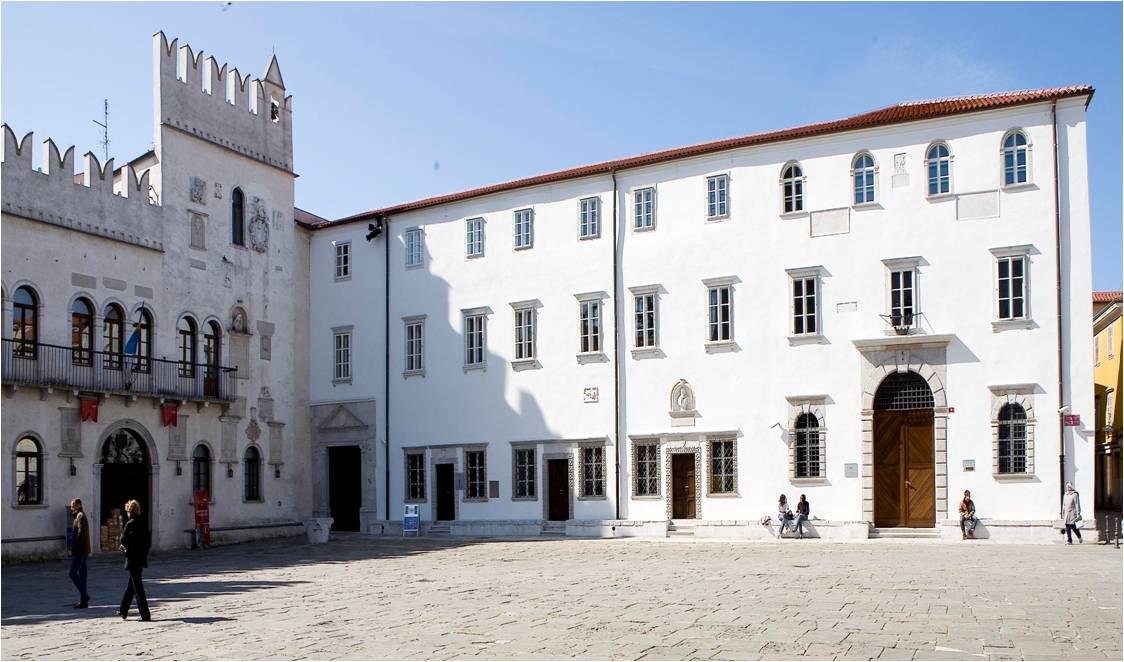

Once best known for being a major port, the Slovenian town of Koper has recently emerged as a tourist destination. In addition to attracting visitors from inland Slovenia, it has become a popular stopover for cruise ships that now dock just outside the town’s medieval walls. One of the sites on any visitor’s must-see list is the town’s Praetorian Palace.
Built on the spot of an earlier town hall, the Praetorian Place was built in the 15th and 16th centuries. Its construction had gotten off to a rocky start; while being built, much of the place was destroyed in a Genovese raid. By the end of the 15th century, however, much of the structure was already standing; an intricate staircase and a balustrade followed, giving the palace a mix of Venetian Gothic and Renaissance styles. It was to become a potent symbol of power for the Republic of Venice, which then ruled over Koper.
It served as the seat of both the mayor, appointed by the Venetian Doge, and the Council of Nobles, who were entrusted to make decisions affecting their town. Coats-of-arms on the façade and an allegorical statue of Justice still indicate the political significance of the palace at a time when this part of Slovenia was Venetian territory. Throughout this period, the building was well-maintained. It even underwent a substantial renovation in the 17th century, when it got its present appearance.
That all changed at the end of the 18th century, when Napoleon’s forces took over the town and ended Venetian rule. The building lost its political significance and, over the years, its condition deteriorated. It remained a symbol of the town – it was even used as the logo of the local television station --, but it looked as if the Praetorian Palace’s glory days were behind it.
After Slovenia’ independence, however, it underwent a through renovation, which gave it back much of its former luster. It now houses the local university, a pharmacy, as well as the town hall – and carries on its centuries-old role of housing the government of Slovenia’s largest coastal town.


































































